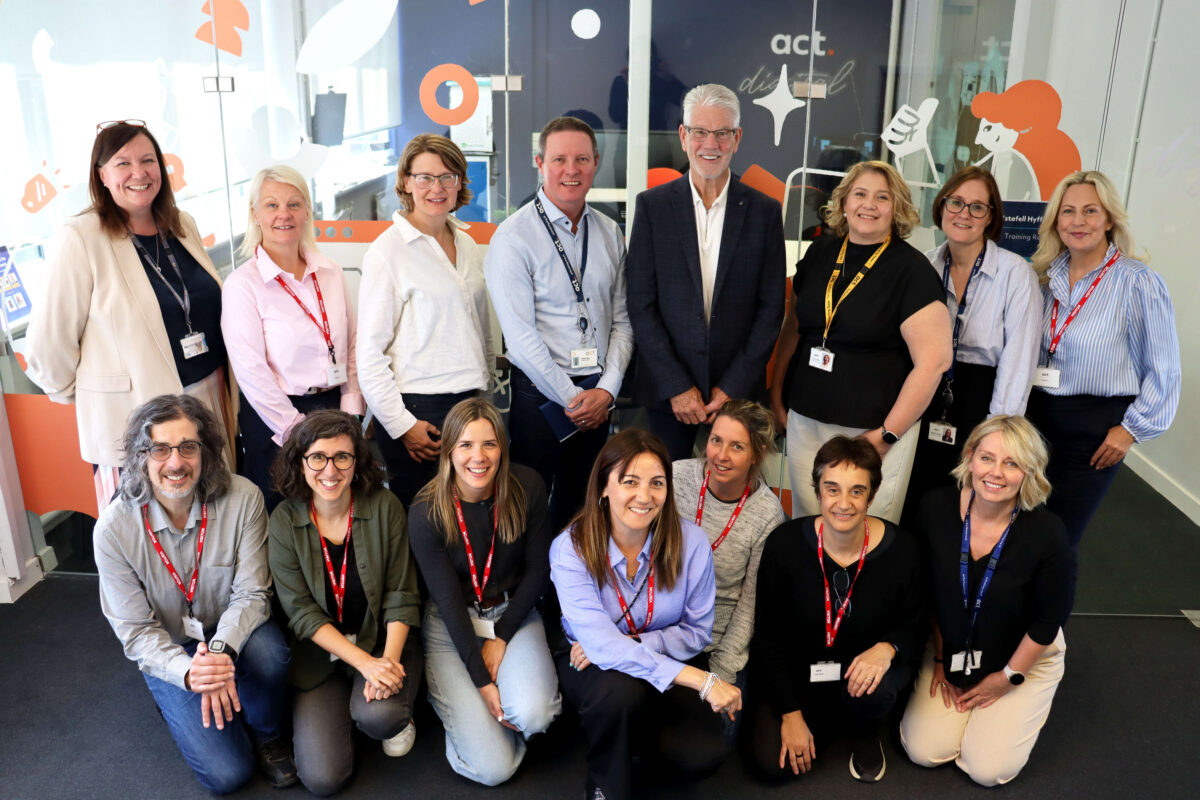RECORD NUMBER CONTINUE TO APPLY THROUGH UNIVERSITY CLEARING

RECORD NUMBER CONTINUE TO APPLY THROUGH UNIVERSITY CLEARING
Official figures show that nearly a quarter of students (14,140) accepting university places through Clearing, apply directly through it – while a record number of students continue to be accepted through Clearing annually – 60,100, 150 more than the year before.
This summer, increasing amounts of students will be looking to apply for higher education as the official Universities and Colleges Admissions Service (UCAS) deadline approaches. Fresh Student Living has produced a guide on the ins and outs of Clearing and what students need to know about this method of entry.
What is Clearing?
Clearing is a way of matching university applicants to available places and is part of the UCAS application process. Where students previously competed for a limited number of spaces at their desired universities, the shift in recent years has meant universities are now competing to attract prospective students. This has meant that university clearing now plays a much more significant role in the university admissions system than ever before.
Who Should Use Clearing?
According to Siân Duffin, Student Support Manager at Arden University, one in six students get a place through Clearing.
All applications received after the 30th June 2019 (the official UCAS cut-off date) are automatically entered into Clearing. However, there are a few other reasons you may need or choose to use Clearing to find a university place, including:
- You didn’t receive any offers for a course from a university you applied for
- You rejected an offer because you changed your mind
- You want a place but haven’t applied yet
- You didn’t meet the conditions of the offers you received
Key Dates
30th June – The official UCAS deadline to submit applications to universities
Friday 5th July – Clearing Vacancies will be displayed in UCAS’s search tool
Friday 20th September – Final date for applications to be accepted
Wednesday 23rd October – The final date to add your choices and for universities to make their final decisions
How to Get Through Clearing?
Siân advises: “Make a Clearing kit to take with you to ‘results day’ – A mobile phone and charger, a notepad and pen, water and some snacks. Being prepared to do some research and make some calls will benefit you when you are looking for a course”.
Before Results Day:
Research alternative options and put a ‘plan B’ in place. If you feel the slightest bit worried about your results, research which other university offer the same (or similar) courses as your current choice and see if there are any with slightly lower grade requirements.
Make sure you’ve got all your info and documents to hand. Make a shortlist of all the universities that you want to go to that weren’t o your UCAS list and keep it close by for results day, should it be needed. Be prepared for a mini-admissions interview over the phone. Writing answers down beforehand can help you feel less anxious on the phone should you need to answer a few questions over the phone, and can also help you familiarise your answers.
On Results Day:
If you have not achieved the grades you had hoped for, there is still a chance that the university will accept you.
Siân advises, “Call your first choice and insurance choice before you do anything else. A conversation with an admissions tutor can sometimes mean they’ll accept you or offer you an alternative, maybe a joint honours course that you hadn’t considered before”.
Every second counts – Once exam results are released the pace of the Clearing process picks up dramatically, so you’ll need to move as fast as you can to complete the process.
Check the UCAS Track site as early as possible – You’ll be able to see the status of your application, and if you’re eligible for Clearing, you’ll be given a Clearing number. UCAS will also provide live updates of all courses available through Clearing.
Contact your preferred universities through their dedicated ‘Clearing’ phone lines – Speak to an advisor about the course you’re interested in, making sure you have all the information you need to know. Again, be prepared to have a short interview.
Find out how long you have to accept the offer – The advisor would be to confirm whether you’re accepted over the phone, and typically you have 24 hours to confirm the offer or find another one. Once you have an offer you’re happy to accept, confirm your place on UCAS Track.
If you’re unsure about the status of your university place, contact the university directly to get confirmation (but be prepared to hold the line for a while – it’s a busy day).
After Clearing:
Once you’ve secured a place, it’s time to start thinking about the next steps that can help reduce, like prepping for any student loans and housing by either amending any details for courses or applying if you need to.
- Look into university accommodation in your chosen city and area.
- Update your student finance body on where you’ll be studying. If you have already applied for Student Finance, you can easily change your details by looking into your account, however, if you haven’t applied yet do so asap.
- Start familiarising yourself with your new university, and the surrounding area but taking a day, or weekend trip needs-be.
Jane Crouch, Chief Operations Officer at Fresh Property Group concludes,
“Year on year, we are seeing an increase in students applying for last minute accommodation schemes, indicating that current views on the Clearing process have shifted and now plays an essential role in the admissions cycle. At this time of year, students may have to make quick decisions on where they will study and live in September.
“The Fresh Student Living Accommodation Teams can assist with advice on living options and help students find their perfect room. Our accommodations offer first years a real home away from home, with a packed welcome calendar, friendly on-site accommodation teams, and all-inclusive bills, meaning that moving in is as stress-free as possible.”












Responses